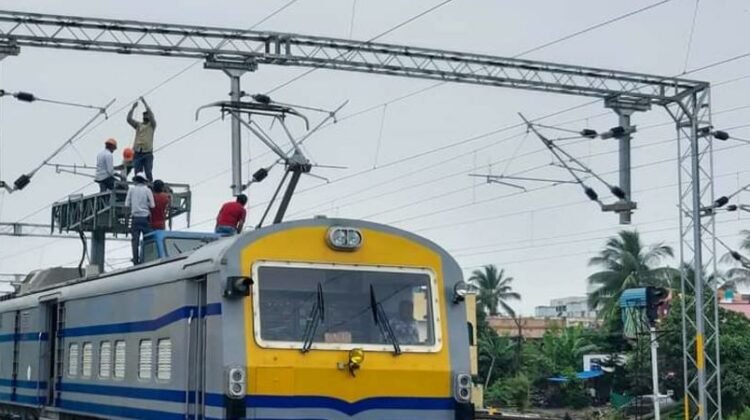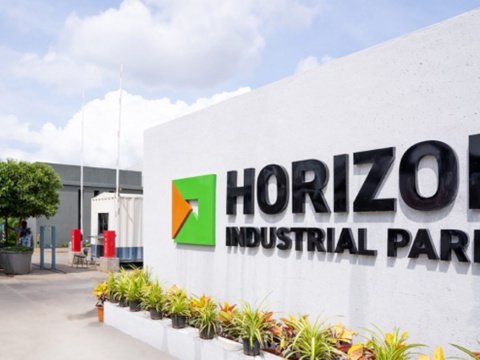The South East Central Railway (SECR) has reached a significant milestone in its electrification drive, marking a major step toward energy-efficient and environmentally sustainable railway operations. As part of its commitment to modernising infrastructure and reducing carbon emissions, SECR has successfully completed the electrification of 6,900.93 track kilometers (TKM) to date.
Established on April 1, 2003, SECR has consistently prioritised sustainable rail operations, accelerating electrification efforts across its key divisions—Bilaspur, Raipur, and Nagpur. The electrification journey in the zone dates back to January 19, 1970, when work commenced on the Jharsuguda-Raigarh section. Notably, SECR became the first zone in Indian Railways to implement the advanced 2×25 kV AT-AEC-BEC overhead traction system, which was commissioned on December 14, 2024, in the Bhanupratappur–Antagarh section. The commissioning of the first 3-phase electric locomotive twin EF-12K in Bhilai on November 26, 2023, further underscored the railway’s commitment to adopting cutting-edge technology.
Electrification has significantly reduced SECR’s reliance on fossil fuels, with electrical energy consumption in 2023-24 reaching 1,859.19 million units. This shift has enhanced operational efficiency while lowering carbon footprints. Additionally, the newly electrified corridors have boosted freight movement, particularly for coal, iron, and other key commodities, strengthening industrial supply chains and contributing to economic growth. SECR is also focusing on integrating renewable energy sources as part of its long-term sustainability strategy.
In a momentous initiative celebrating 100 years of electric rail travel in India, a special 3-phase electric locomotive service will operate on February 3, 2025, along the Bhanupratappur-Antagarh section in Chhattisgarh. SECR’s electrification efforts align with Indian Railways’ broader mission to achieve ‘zero carbon emissions,’ paving the way for an environmentally responsible and energy-efficient rail network.
Source: TOI







